Setting Up a Gamer Room: Practical Tips for Comfort, Focus, and Style
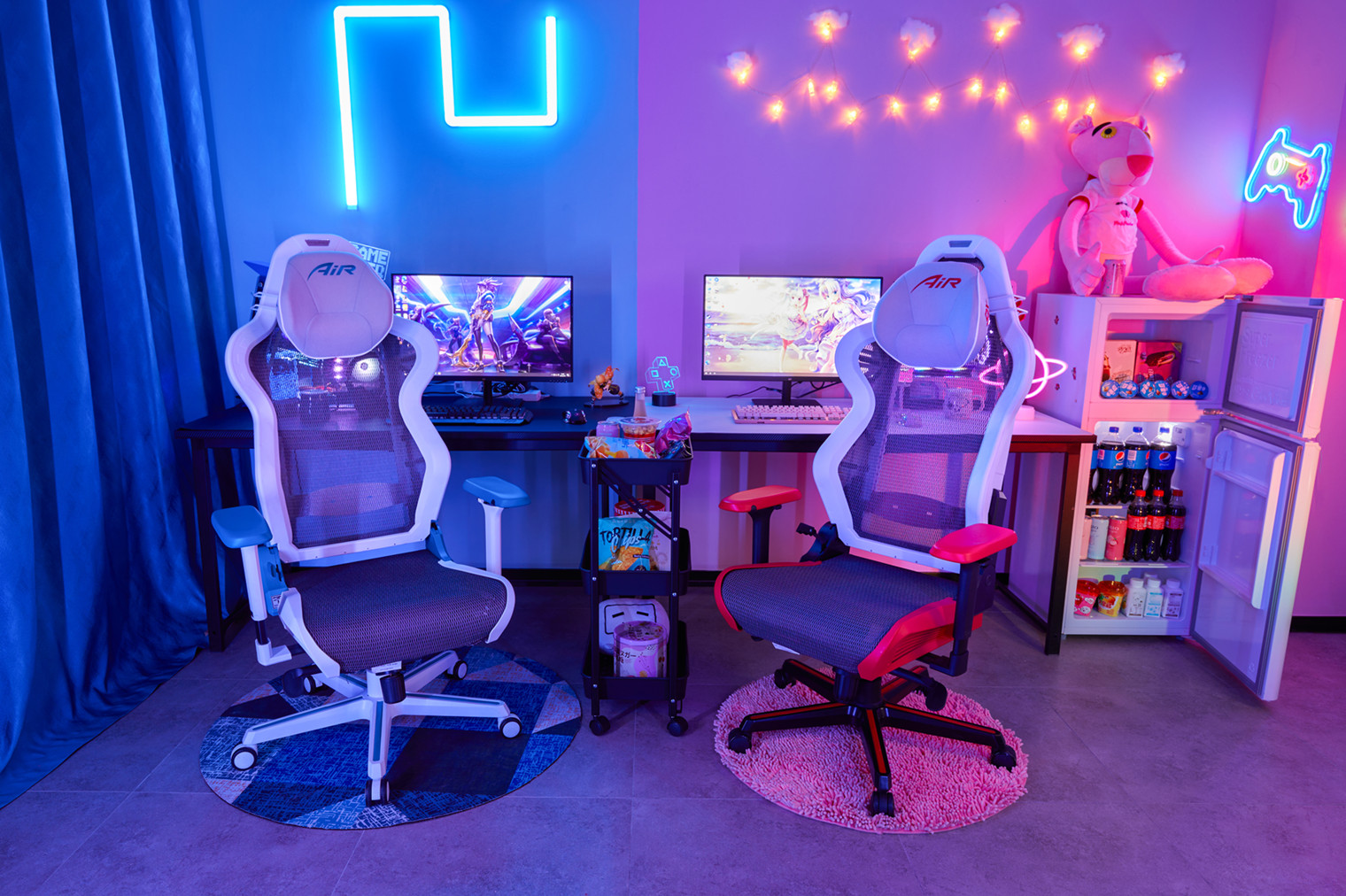
Putting together a gamer room setup is rarely about one magic purchase. More often, it’s the small, slightly boring choices – screen height, chair position, lighting, where cables are routed – that end up deciding whether the space feels great or quietly drives you crazy.
Whether you’ve got a dedicated gaming room or just a corner in a bedroom, the same idea applies: the room should be comfortable for long sessions, easy to keep tidy, and calm enough that you can actually focus when things get intense. The good part is that most improvements can be done in stages. A weekend is enough to make a noticeable difference, even on a tight budget. (more…)
Innovative Storage Solutions for Clutter-Free Living

A calmer home is usually not a “buy more organizers” problem. It’s a “make it easy to put things away” problem.
Most people don’t wake up and decide to live in clutter. It happens in tiny, predictable moments: you drop your keys “just for now,” you set a package on the counter “until later,” you toss a charger on the sofa because the outlet is behind the TV. A day turns into a week, and suddenly those small “temporary” piles feel permanent. The goal of smart storage isn’t to hide your life—it’s to build simple, low‑friction systems that work on your busiest days, not only when you’re motivated and have time. If putting something away takes more than a few seconds or requires too many steps, your brain will choose the fastest option: leave it out. That’s not laziness; it’s basic human behavior. The good news is that when the system is designed around how you actually move through your home, tidying becomes almost automatic.
This guide goes wider than the usual list of bins and shelves. You’ll learn why clutter returns, how to choose storage that fits your routines, and how to set up room‑by‑room solutions you can maintain without turning your weekends into never‑ending organizing projects. You’ll also find quick tables you can copy, plus a simple “maintenance rhythm” that keeps clutter from creeping back. The best part is that you don’t need a perfect home to start—just one small system that makes daily life a little smoother. If you want this to stick long‑term, you’ll build a few dependable habits and then let the systems spread naturally, room by room.
If your home feels overwhelming right now, start smaller than you think. One drawer. One shelf. One corner. Clutter‑free living is built through repeatable wins, not one massive reset.
The 5 principles of storage that actually sticks
Before we talk about shelves, let’s talk about why storage fails. The most common reason is that the “system” makes sense in your head but not in your day. If you have to open three lids, move a stack of boxes, and lift something heavy to put an item away, your brain learns a new habit: don’t put it away. That’s why the best storage solutions share a few simple principles. First, your most frequently used items should live at the easiest height to reach—roughly from your hips to your shoulders. Second, storage should match the item’s “speed”: daily items need open, quick access; occasional items can be tucked away; rare items can go higher or deeper. Third, every category needs a clear boundary (one bin, one shelf, one drawer). Boundaries prevent the slow creep where one category expands and eats the space of another. Fourth, your storage should be easy for the least motivated person in the household—including future you on a busy day. Finally, always build for returns. It’s not enough to store something once; you need a place where it can be returned without thinking.
These principles matter because clutter is often a “traffic problem.” Things land where the traffic is highest: kitchen counters, the entryway, the sofa, the nearest chair. If the real storage location is far away, hard to open, or already full, the item will never make it there. That’s why well‑designed storage feels almost boring: it’s close, obvious, and sized correctly. In practice, you’re trying to reduce the number of micro‑decisions in your day. You shouldn’t have to wonder where scissors live, where mail goes, or where the charger belongs. When a home has clear “homes for things,” the visual mess drops dramatically—even if you haven’t minimized your possessions. The system does the work for you.
- Accessibility: store daily items where you can grab them in 2–3 seconds.
- Visibility: if you forget it exists, it needs a label, a clear bin, or a better location.
- Boundaries: one container per category (when it’s full, you edit the category).
- Consistency: the same kind of item lives in the same kind of place (always).
- Return path: the place to put it back is as easy as the place to take it out.
A quick clutter audit: fix the friction (not your personality)
If you want storage changes that last, start with an audit—not of your stuff, but of your friction points. Friction is anything that makes putting something away annoying: the closet door sticks, the bin is too high, you can’t see what’s inside, the drawer is a tangled mess, or the “right place” is in another room. Most clutter hotspots are predictable. Kitchen counters attract mail and bags because they’re central. Bedrooms attract clothes because there’s no clear system for “worn but not dirty.” Bathrooms attract products because backups and daily items are mixed together. Once you name the friction, the fix becomes obvious—and often surprisingly small.
Here’s a simple method you can do in 20 minutes. Pick one hotspot (a counter, a chair pile, a messy drawer). Set a timer. Step 1: pull everything off and group items by category (keys, mail, chargers, toys, cosmetics, paperwork). Step 2: choose a “home” for each category based on how often you use it and where you naturally stand when you reach for it. Step 3: create a boundary (tray, bin, hook, folder). Step 4: remove one unnecessary step. That might mean moving a basket closer, using an open bin instead of a lidded one, or creating a dedicated drop zone. Step 5: add a label if there’s any chance you’ll forget. This isn’t about making it pretty—it’s about making it easy enough that you’ll actually follow it when you’re tired.
Fast diagnostic question: “Where would I put this if I had only 5 seconds?” That instinct usually reveals the storage location you should build around.
Finding space you didn’t know you had: vertical, hidden, and awkward zones
When people say they “don’t have enough storage,” what they often mean is they don’t have enough easy storage. There are usually three overlooked zones that can make a home feel twice as functional without adding square meters: vertical space, hidden space, and awkward space. Vertical space is everything from tall bookcases to wall shelves to pegboards—anything that moves storage upward instead of outward. Hidden space is the secret inventory under beds, inside ottomans, behind cabinet doors, and under sinks. Awkward space is the weird stuff: corners, narrow gaps beside the fridge, the space above a wardrobe, or a shallow hallway wall. These zones aren’t glamorous, but they’re powerful because they’re often empty or underused.
Try a five‑minute “storage walk.” Walk through each room and literally look up, look down, and open doors. Notice where you have air above furniture. Notice empty wall sections near where you use things (the wall near your cooking area, the wall near your desk, the back of your pantry door). If you’re in a small apartment, don’t ignore doors—they’re flat, sturdy, and often wasted. Over‑door racks can hold cleaning tools, pantry items, scarves, or handbags without stealing floor space. Under furniture is another big win: under‑bed bins can store off‑season clothing, spare bedding, or gift wrap supplies; under‑sofa storage can be a low‑profile place for board games or kids’ crafts (especially if you use shallow bins that slide easily). The goal is not to cram every corner with stuff. It’s to move the right things into places that are already “unused,” so your everyday spaces can breathe.
Quick win: Pick one vertical surface in your home (a hallway wall, the inside of a closet door, or the side of a wardrobe). Add hooks, a rail, or a slim shelf. Then assign it a single purpose: bags only, cleaning tools only, or daily jackets only. One purpose = low mental load.
Choosing containers without overbuying (and why labels matter more than style)
Organizing products can be genuinely helpful, but it’s easy to buy containers before you know what you’re storing. That’s how people end up with a closet full of empty bins—and still‑messy rooms. A better approach is to decide your categories first, then choose containers that fit both the category and the physical space. Think of containers as “boundaries with handles.” They limit how much you keep, they keep like items together, and they make it easier to move a whole category at once. For example: a basket for charging cables, a bin for sunscreen and travel‑size toiletries, a tray for keys and everyday pocket items, or a box for holiday decor. When a category has a boundary, it stops expanding into your countertops and floors. This is especially useful in shared homes, where categories tend to grow unless they have a visible limit.
Labels are the quiet hero here. Labels aren’t just for pretty pantries—they reduce friction for you. When you’re tired, you don’t want to make decisions. Labels turn decisions into autopilot. If you live with family or roommates, labels reduce the “where does this go?” conversations and prevent the slow drift where everyone creates their own mini systems. If you hate the look of labels, place them inside a cabinet door or on the underside of a lid. You can also label by zone rather than item (“Batteries + Cables” instead of a hyper‑specific list). The goal is to make returning items almost mindless, because the easier the return, the less clutter you’ll see.
Container selection guide
| Space | Best container type | Why it works | Common mistake to avoid |
|---|---|---|---|
| Closets | Clear stackable bins + slim hangers | Visibility + vertical stacking saves space | Mixing random bin sizes (wastes shelf space) |
| Kitchen / Pantry | Labeled canisters + drawer dividers | Reduces packaging clutter; keeps tools in place | Overfilling deep cabinets (items get lost) |
| Living room | Decorative baskets + closed media storage | Fast reset; hides visual noise | Using open shelves for messy categories |
| Bathroom | Under‑sink caddies + small trays | Groups toiletries; prevents “pile on the counter” | Storing backups in prime real estate |
| Home office | File box + desktop organizer + cable bin | Paper and tech stop spreading across surfaces | Keeping paper without a simple “action” system |
If you want one rule to remember: open containers for “daily grab,” closed containers for “visual calm.” Open bins work for toys, charging cords, or workout gear. Closed cabinets work for small items that look messy even when organized (medicine, cleaning products, paperwork). You can mix both in the same room: open storage for the fast stuff, closed storage for the visually busy stuff.
A simple storage plan you can copy (so you stop organizing the same mess)
Many people “organize” the same area over and over because they skip the planning step. A small plan doesn’t need spreadsheets or complicated labels—it needs clarity. The simplest storage plan is: (1) identify the categories, (2) decide where each category should live based on use, (3) give each category a boundary, and (4) decide what happens when that boundary fills up. That last part is the secret. If you never define what happens when a bin is full, the overflow ends up on counters. But if your plan says “when this bin fills, I donate 10 items,” then your storage remains stable. Planning prevents the slow creep that turns tidy zones into clutter zones again.
It also helps to plan by “route.” Think about your natural routes through the home: from the front door to the kitchen, from the bedroom to the bathroom, from the desk to the living room. Put storage where the route demands it. A perfect example is an entryway: if shoes land by the door, the shoe storage must live by the door. If it’s down the hallway, it will fail. Another example is charging: if your phone always ends up near the sofa, create a charging station there. The goal is to design storage that collaborates with your habits instead of fighting them.
Storage planning worksheet
| Hotspot | Items that pile up | Why they land there | Better “home” | Boundary you’ll use |
|---|---|---|---|---|
| Kitchen counter | Mail, keys, receipts, packages | Closest flat surface on the route | Entry tray + wall hooks + recycling nearby | 1 tray + 2 folders (“Action/Keep”) |
| Bedroom chair | Worn‑but‑again clothes | No clear place for “not laundry yet” | Hook or small basket behind the door | 1 hook row or 1 basket |
| Sofa/coffee table | Chargers, remotes, kid toys | Used here daily; storage is far away | Side basket + console drawer | 1 basket (“Living Room Reset”) |
| Bathroom counter | Skincare, hair tools | Daily routine needs fast access | Tray for daily + bin for backups under sink | 1 tray + 1 backup bin |
Room‑by‑room storage solutions (with the “why” behind each one)
Living room & common areas: storage that supports real life
The living room is where “homeless” items gather because it’s where life happens: snacks, kids’ toys, charging, relaxing, working on a laptop, opening packages. Trying to keep it perfectly minimal often backfires because the room is doing too many jobs. Instead, aim for a two‑layer system: a quick “drop zone” that makes the room easy to reset, and a deeper “home” for categories that live there long‑term. A decorative basket near the sofa can hold throw blankets, magazines, and a couple of toys; a closed media console can hide routers, controllers, and the cable jungle; and a slim tray on a side table can act as a tidy landing spot for keys, earbuds, and lip balm. That combination prevents the slow migration of small objects across every flat surface.
One underrated solution is storage that doubles as furniture. A storage ottoman is basically a hidden closet in the middle of the room. A lift‑top coffee table gives you an invisible “junk drawer” for the living room. If you like open shelving, treat it like a display area, not a storage area: books, a few meaningful objects, and matching boxes for the not‑pretty stuff. When open shelves hold messy categories, they amplify visual clutter even when everything is “put away.” If your living room always looks chaotic, don’t blame yourself—fix the system. Create one easy basket for quick tidying, one hidden zone for cables and electronics, and one small defined area for daily carry items. You’ll be surprised how much calmer the room looks even on an ordinary Tuesday.
- Fast reset basket: one per room; empty it weekly.
- Closed tech zone: cables, controllers, chargers, batteries.
- Display vs storage: open shelves = curated; closed storage = messy categories.
Bedrooms & closets: quiet systems that reduce decision fatigue
Bedrooms should feel like a place your brain can exhale. The biggest clutter drivers here are usually clothes (clean, worn‑but‑not‑dirty, out‑of‑season), bedside items (chargers, books, skincare), and “miscellaneous” (bags, sports gear, laundry supplies). A closet can be beautifully organized and still fail if the daily flow is awkward. Start by setting up the “middle zone” (the easiest reach area) for your everyday wardrobe. Put special‑occasion items higher and store off‑season clothing elsewhere—under‑bed bins or vacuum bags work well for bulky items like winter coats and extra duvets. If you have drawers, use dividers for socks, underwear, and accessories; it stops the drawer from becoming a mixed pile where nothing stays in place.
A simple trick that sounds small but works: add a dedicated spot for “worn‑but‑again” clothing. This might be a hook behind the door, a slim chair, or a small basket. Without it, those items end up on the floor or on top of everything else. For closets, slim hangers can genuinely create more space, but the bigger win is consistency: one type of hanger, one direction, categories grouped by type. If you share a closet, use clear boundaries (left/right or top/bottom) so you don’t constantly re‑organize each other’s space. The point is not perfection; it’s reducing morning friction so your room stays calm. And if mornings are chaos, calm closets are a surprisingly effective form of self‑care.
- Everyday zone: the easiest reach area gets the most used clothing.
- Under‑bed storage: off‑season, spare linens, extra shoes.
- Worn‑but‑again hook/basket: prevents “the chair pile.”
Kitchen & pantry: the fastest way to reclaim daily time
The kitchen creates clutter quickly because it’s a high‑traffic space with lots of small items: utensils, spices, snacks, containers, and appliances. The goal is not to own a million gadgets; it’s to make the things you use daily easy to grab and easy to put back. Vertical storage does heavy lifting here: a rail with hooks for tools, a pegboard for frequently used utensils, and wall‑mounted shelves for items that are safe to keep out. Inside cabinets, pull‑out shelves or sliding bins are the difference between “I can use this space” and “this cabinet is a black hole.” For pantry items, decanting into labeled containers can make restocking easier and reduce half‑used bags and boxes falling everywhere—just don’t overcommit if it becomes a chore. Start with the categories that frustrate you most (snacks, breakfast, baking supplies) and improve those first.
A practical approach is to build micro‑stations: a coffee/tea station, a cooking prep zone, and a lunch/snack zone. When each station has its own tools and ingredients nearby, you stop walking across the kitchen and leaving a trail of items behind. Lazy Susans in corner cabinets and risers on pantry shelves help you see what you have, which reduces duplicate purchases. Don’t forget the inside of cabinet doors: measuring spoons, wraps, and small spice packets can live there. Finally, make your “cleanup tools” easy to access—if the dish soap and cloths are hidden behind six items, wiping the counter becomes annoying, and you’ll do it less. Kitchens get messy because they’re used constantly—so design for speed and visibility.
- Micro‑stations: group items by activity (coffee, prep, snacks).
- Pull‑outs & risers: prevent deep‑cabinet chaos.
- Door interiors: small items live here without stealing shelf space.
Entryway, hallways & transition spaces: stop clutter at the door
If you want your home to feel tidier with minimal effort, put your energy into the entryway. Transition spaces collect clutter because they are the boundary between “outside life” and “home life.” Shoes, bags, jackets, mail, umbrellas—these items arrive in bursts and often get dropped wherever there’s a flat surface. The fix is not bigger furniture; it’s clear roles: hooks for bags and coats, a small tray for keys, a dedicated shoe zone, and a simple plan for mail. Even a tiny hallway can support this if you go vertical. A wall‑mounted shelf with hooks can replace a bulky coat rack. A narrow console (or floating shelf) can hold a tray and a charging spot. If you have kids, lower hooks make it easier for them to participate, which reduces nightly pile‑ups.
Mail is the sneaky clutter villain here. The easiest system is a three‑step flow: sort, act, archive. Place a recycling bin nearby so junk mail disappears immediately. Keep one folder for “to pay / to do” and one folder for “to keep.” If you can’t process mail daily, schedule a 10‑minute session once a week—short, predictable, and done. Entryways don’t need to look like a magazine; they need to reduce friction. When leaving and returning is smooth, clutter doesn’t get a chance to spread into the whole home.
- Hooks + tray: bags and keys stop floating around the house.
- Shoe boundary: one rack or bin; when full, edit your shoe choices.
- Mail flow: recycle fast; keep only what has a clear purpose.
Bathroom: small space, big impact
Bathrooms get cluttered because they’re full of small categories: skincare, hair products, dental items, backups, medicines, cleaning supplies. The easiest improvement is to separate “daily use” from “backup storage.” Daily items deserve prime access, but backups should not steal your best space. Use a small tray or caddy for daily skincare and keep it together; it prevents the “every product on the counter” spread. Under the sink, use stackable bins or slide‑out caddies so you can pull out the whole category (hair, dental, cleaning) without crawling into a dark cabinet. If you share a bathroom, give each person a labeled bin—this one change eliminates a lot of mess and conflict.
If your bathroom is tiny, think vertically: over‑toilet shelves, a mirrored cabinet, or wall‑mounted units. Also consider a “travel/to‑go” kit: a small pouch or bin with travel toiletries, mini bottles, and spare razors. Without this, those items float around for months. Finally, be honest about product reality. If you have 12 half‑used shampoos, no organizer will solve that. The best storage strategy is sometimes a simple rule: one open product at a time, one backup, and the rest discarded if expired or donated if appropriate. Storage works best when it supports a realistic inventory.
Home office: make paper and cables behave
Home offices become chaotic fast because they combine tech, paper, and “in progress” work. The trick is to create a clear system for paper and a clear boundary for cables. For paper, don’t start with elaborate filing. Start with three categories: Action (must do something), Reference (keep for later), and Recycle (everything else). A simple file box with labeled folders is enough for most households. For cables, create one bin or drawer section dedicated to tech accessories: charging bricks, spare cables, adapters, earbuds, batteries. Add a label for what belongs there, and don’t let it become a random junk drawer. If you have multiple devices, a dedicated charging station stops cables from spreading across the home.
Desk surfaces should mostly stay clear because the brain reads a crowded surface as “unfinished.” If you like having supplies nearby, use a desktop organizer with a strict limit (pens, a notebook, one small tray for loose items). Everything else goes into drawer dividers or a nearby shelf. The goal is to make it easy to start work and easy to stop—because when stopping is messy, things stay out and clutter grows. A well‑designed office reduces mental noise and makes it easier to focus, even if your work life is busy.
Extra areas most guides ignore (laundry, cleaning closet, hobbies)
Some of the most frustrating clutter doesn’t live in the “main rooms.” It lives in the in‑between areas—laundry corners, cleaning supplies, craft projects, tools, pet gear, and the endless “where do we put this?” items that don’t fit neatly into a traditional room category. These areas matter because they generate mess fast. Laundry, for example, is a constant flow: dirty → washing → drying → folding → putting away. If any step has friction, the whole flow stalls and you end up with piles. The solution is a simple station: a basket for dirty laundry, a bin for “clean but not folded,” a place for detergent and stain removers, and a small surface or foldable board for quick folding. If you can make the process smoother by even 10%, you’ll see fewer piles—because the work actually finishes.
Cleaning supplies are another clutter magnet, especially when they’re scattered in multiple rooms. A caddy that holds the basics (multi‑surface cleaner, microfiber cloths, gloves, a small brush) makes cleaning faster and reduces random bottles under every sink. Store backups in one location and keep daily tools accessible. For hobby and craft supplies, the secret is not to pretend you will always put everything away perfectly after a creative session. Build a “pause point.” That might be a project box you can close, a cart you can roll away, or a lidded bin that holds the in‑progress project. Creative homes can still be tidy when there’s a dedicated container that says: this is active, and that’s okay.
- Laundry station: separate bins for “dirty,” “clean,” and “to fold.”
- Cleaning caddy: one portable set of basics; store backups elsewhere.
- Hobby pause point: a project box or cart that contains the mess.
- Pet gear zone: leash, wipes, treats, and bags in one spot near the door.
Modular systems and DIY storage: the best option for awkward spaces
Not every home fits standard furniture. Some closets are shallow, some corners are weird, and some rooms change purpose over time. That’s where modular and DIY solutions shine. Modular systems—stackable drawers, cube shelving, adjustable closet kits—let you change your setup as your needs change. If you move often, modular storage is especially valuable because you can reconfigure it in the next space instead of starting from zero. The trade‑off is that modular systems can look visually busy if you don’t create consistency. Matching containers, simple labels, and a limited color palette help modular storage feel intentional rather than chaotic. Modular storage is also ideal for family homes because categories change: kids grow, routines shift, and what you need in a space changes with life.
DIY doesn’t have to mean a huge renovation. Small custom touches can transform “awkward” zones into useful storage: a narrow rolling cart beside the fridge for pantry overflow, floating corner shelves, under‑shelf baskets, or tension rods to divide tall cabinets. Even inside drawers, simple dividers (or small recycled boxes) can create instant order. The key is to design DIY storage around a clear category. Building a shelf without knowing what it will hold often results in a shelf that becomes a dumping ground. When you design around a category—“baking supplies,” “charging cables,” “gift wrap”—the shelf stays stable because it has a job.
Modular storage at a glance
| Feature | Why people love it | Watch out for |
|---|---|---|
| Stackable units | Grow storage as you need it; easy to reconfigure | Weight limits; unstable stacks without a solid base |
| Clear containers | Instant visibility—great for backstock and seasonal items | Can look messy if contents aren’t grouped well |
| Adjustable closet systems | Fits your wardrobe instead of forcing your wardrobe to fit | Requires measuring and planning (worth it) |
| Portable carts | Perfect for narrow gaps; moves where you need it | Can become a “mobile junk pile” without boundaries |
Budget‑friendly upgrades: no‑cost to “invest once”
You can improve storage without spending much—often by relocating items, creating better boundaries, and using what you already own. The trick is to choose upgrades that reduce friction. No‑cost upgrades include changing where categories live (moving everyday items into the easiest zone), reassigning a drawer to a single category, and using simple separators made from small boxes. Low‑cost upgrades include hooks, drawer dividers, trays, labels, and a single basket per clutter hotspot. Mid‑range upgrades are things like a storage ottoman, a shoe bench, or a sturdy shelving unit. Higher‑investment upgrades might include a closet system, built‑ins, or custom cabinetry—usually worth it only after you’ve tested your categories and routines so you don’t build an expensive system around a category you don’t actually need.
In other words: start cheap, learn what works, then upgrade the look. Many homes fail at this in reverse—people buy expensive organizers first, then discover their routines don’t match the setup. If you’re not sure, do a “trial run” with temporary containers (cardboard boxes, baskets you already own, zip pouches) and see whether the system actually gets used for two weeks. If it survives two weeks, it’s worth investing in sturdier, nicer‑looking versions.
Budget tiers
| Budget level | What to focus on | Best results for |
|---|---|---|
| No‑cost | Re‑zoning, decluttering, repurposing boxes/jars | Fixing the worst hotspots fast |
| Low | Hooks, labels, trays, drawer dividers, 1 basket per room | Daily routines (keys, mail, chargers, toiletries) |
| Mid | Shelving, storage ottoman, shoe bench, rolling carts | Small spaces and multi‑use rooms |
| Invest once | Closet systems, built‑ins, cabinetry upgrades | Long‑term homes with stable categories |
Habits and systems that keep clutter from coming back
Even the best storage setup will fail if there’s no “maintenance rhythm.” That sounds more intense than it is. You don’t need to reorganize every month; you just need a tiny routine that prevents drift. Drift happens because categories slowly expand—new mail, new kid toys, new cables, new skincare, new kitchen gadgets. Without boundaries, storage overflows, and overflow turns into piles. The maintenance goal is simple: keep categories within their containers. When a container is full, you have a clear signal to edit the category instead of letting clutter migrate to surfaces. In other words: storage stays calm when there’s a gentle “pressure release valve” built into your habits.
Two practices make an enormous difference. First: a weekly reset. Pick one consistent time (Sunday evening, for example) and do 15 minutes. Put items back, empty the “catch‑all” basket, and quickly clear the entryway. Second: a seasonal review. Once every few months, do a fast scan of trouble spots: pantry, closet, bathroom backups, and the cable bin. Donate what you don’t use, discard expired items, and re‑label categories if your life has changed. If you want an even simpler rule that works in almost any home: one in, one out for the categories that overflow the fastest (toys, clothes, mugs, beauty products). You don’t need to apply it to everything—just the categories that regularly break your storage boundaries.
A simple reset plan you can copy
| Frequency | Time | What you do | Where it helps most |
|---|---|---|---|
| Daily | 2–3 minutes | Clear one surface (kitchen counter or entryway tray) | Stops clutter snowballing |
| Weekly | 15 minutes | Empty the catch‑all basket, reset living room, process mail | Prevents “weekend chaos” buildup |
| Quarterly | 30–60 minutes | Review pantry, bathroom backups, closet seasonal items | Keeps categories realistic and current |
Want a reputable read on why clutter can feel mentally exhausting? The American Psychological Association has a helpful discussion here: APA – “Why clutter stresses us out”.
If you ever want evidence‑based organizing resources (or to find a professional organizer), NAPO is a reputable place to start: NAPO (Official).
FAQ
Do I need to declutter first, or can I organize what I have?
You can do both, but the most realistic approach is a small declutter first in the space you’re improving. If a shelf is already overflowing, organizers can simply “compress” the mess and make it harder to maintain. Start with a fast edit: remove obvious trash, expired products, duplicates you never use, and anything that doesn’t belong in that room. Then build storage for what remains. You don’t need minimalism for storage to work—you need categories that fit inside their boundaries.
What’s the biggest mistake people make with storage?
Buying containers without measuring or without a category plan. The best container is the one that fits your shelf, matches your routine, and is easy to return items to. If you measure first and assign one category per container, you avoid the classic “bin graveyard” problem where containers pile up unused because they didn’t match the space.
How do I keep kids’ clutter under control?
Keep storage simple and low: open bins, clear labels (words or pictures), and small boundaries. One bin per toy category works better than one giant bin for everything. Also, make “reset time” part of the day: a 3‑minute tidy before bedtime is easier than a two‑hour cleanup on Saturday.
I rent—what are the best renter‑friendly storage upgrades?
Over‑door storage, freestanding shelves, rolling carts, baskets, and removable hooks are your best friends. Renters should focus on modular systems that move with them, and avoid building expensive custom solutions until they know the next space will support the same setup.
Conclusion: start with one small system, then let it spread
Clutter‑free living isn’t a personality trait. It’s a set of systems that reduce friction and make “putting things away” the easiest option. When you use vertical space, reclaim hidden zones, choose containers that set clear boundaries, and build room‑by‑room storage around how you actually live, your home starts to feel lighter. Add a tiny maintenance rhythm—a daily surface reset and a weekly basket empty—and you stop the cycle where clutter disappears for a day and then returns even worse.
If you want the most practical next step: pick one hotspot (entryway, kitchen counter, or your bedside table) and give the items there a real home. Add one container, one hook, or one tray—then label it. Do that once, and you’ll feel the difference. Do it a few times, and you’ll be surprised how quickly your home begins to run smoothly.
How to Create a Relaxing Backyard Retreat on a Budget
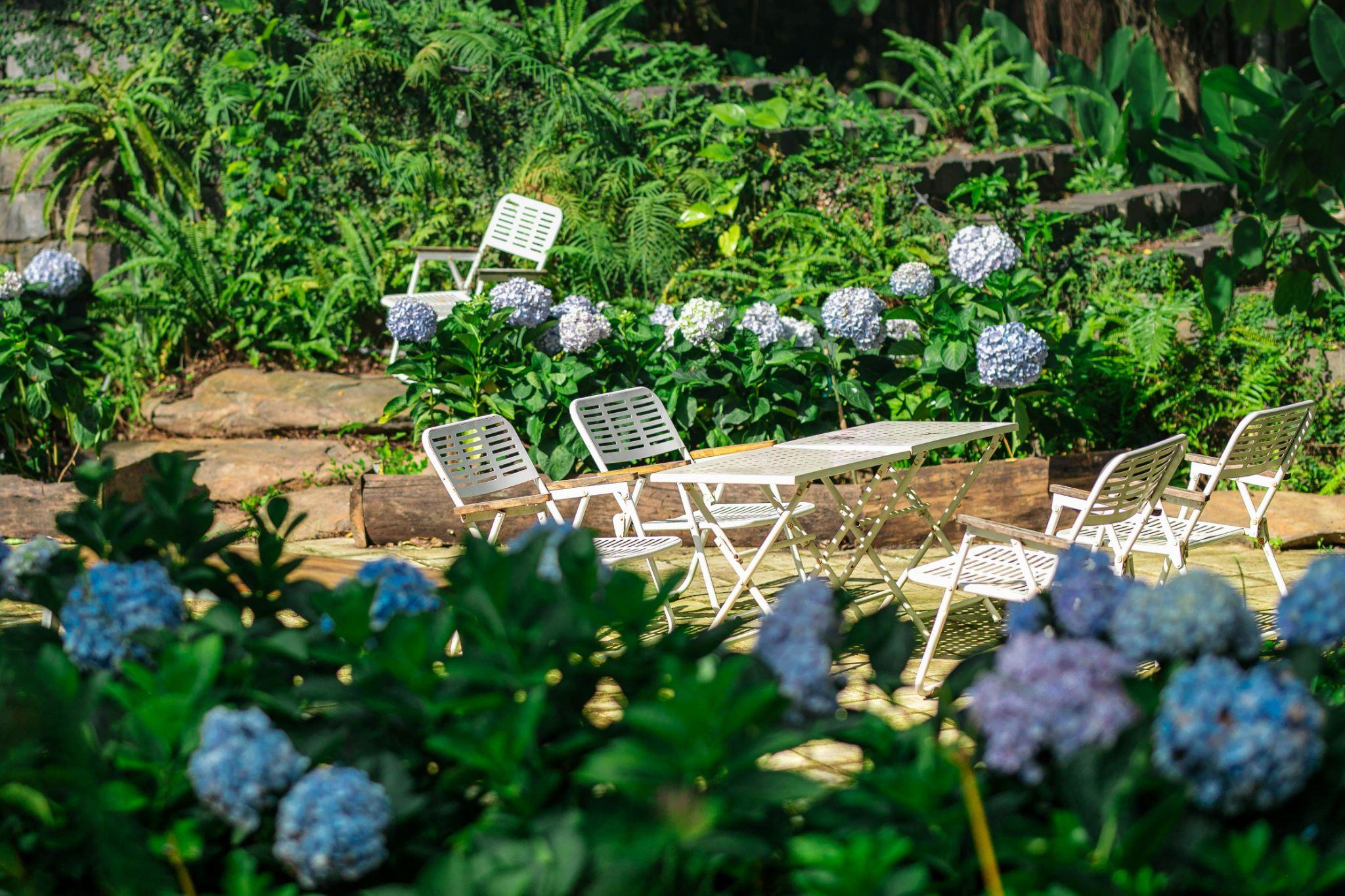
Transforming your outdoor space into a relaxing backyard retreat doesn’t require a lavish budget or professional landscaping services. With strategic planning, creative solutions, and smart shopping, you can craft a tranquil sanctuary that offers stress relief, expands your usable living area, and provides a perfect gathering spot for family time. The key lies in prioritizing what matters most, embracing DIY solutions, and making thoughtful choices that deliver maximum impact without draining your wallet. (more…)
[Top]Room-by-Room Guide to Lighting: Enhancing Your Home’s Ambiance
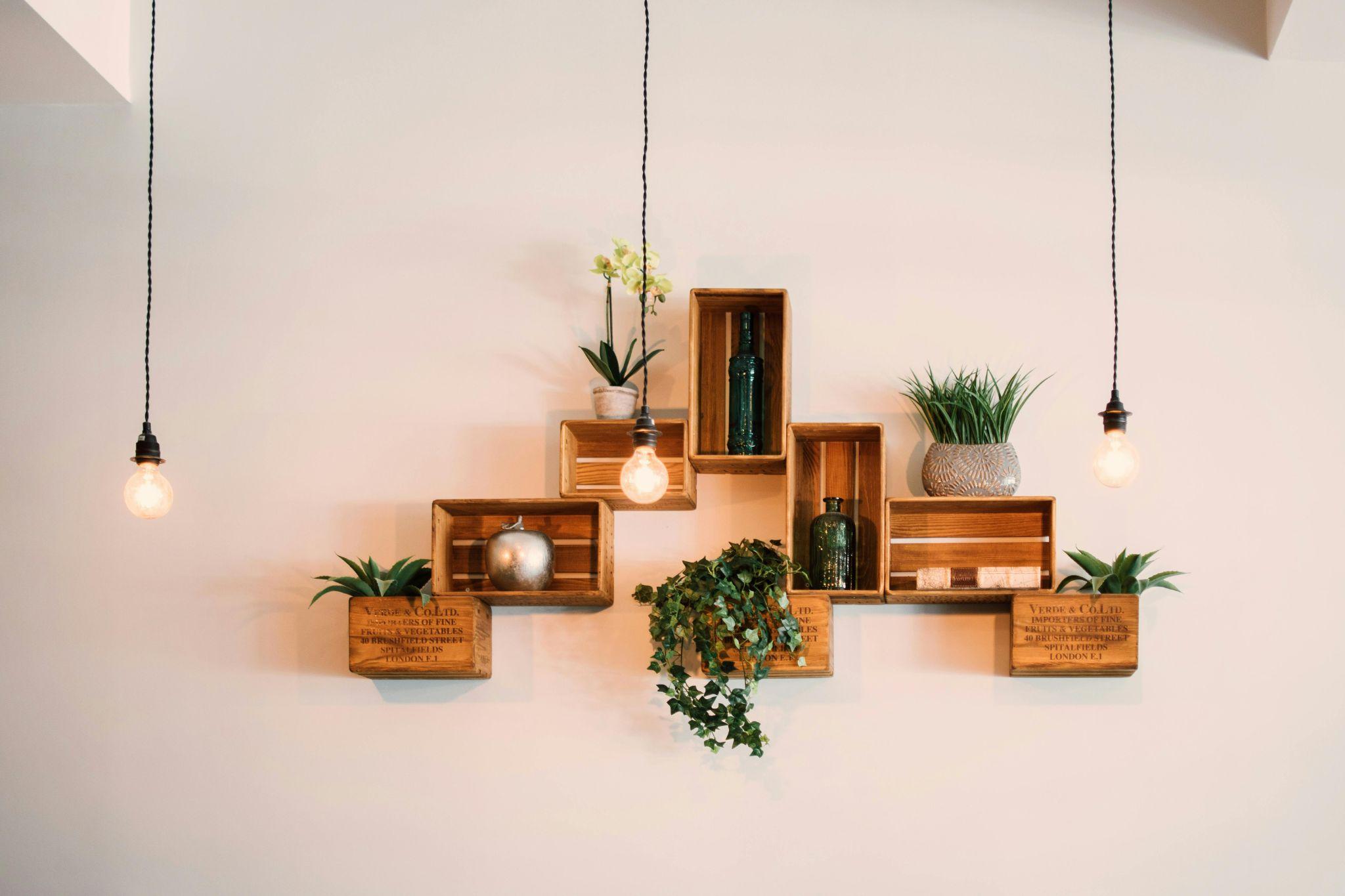
The right lighting can completely transform your home, turning ordinary spaces into extraordinary sanctuaries that reflect your personality and enhance daily living. Strategic lighting design goes far beyond simply illuminating a room—it creates atmosphere, improves functionality, and significantly impacts your mood and well-being. Understanding how to layer different types of lighting throughout your home is essential for creating spaces that are both beautiful and practical. (more…)
[Top]Best Plants for Low‑Maintenance Backyard Gardens
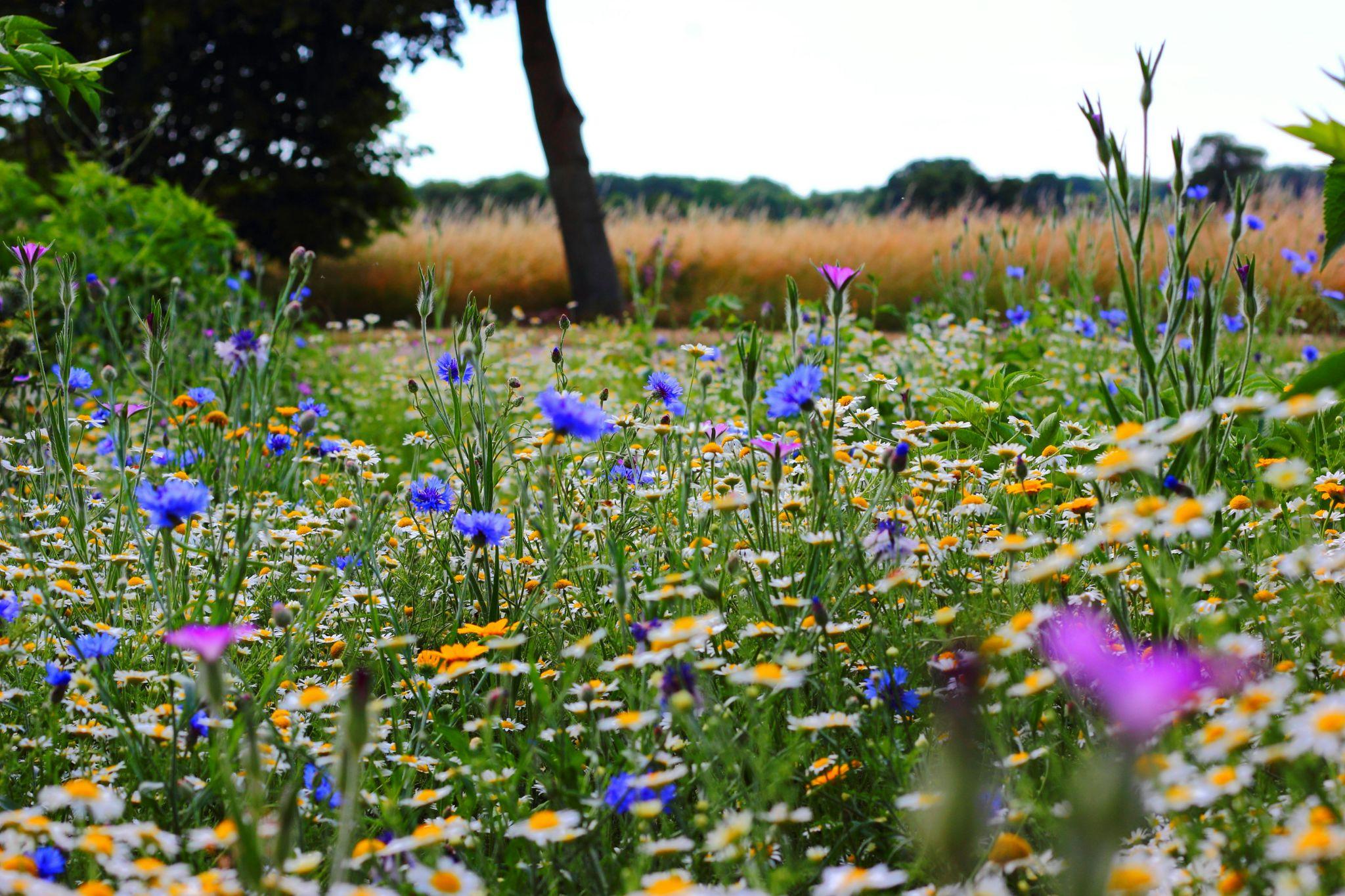
Creating a beautiful backyard garden doesn’t have to consume your weekends or drain your water bill. The best plants for low‑maintenance backyard gardens are those that thrive with minimal intervention while delivering maximum visual impact throughout the growing season. (more…)
[Top]Top 3 Brands producing the best suction side pool cleaner

More and more owners of beautiful backyards prefer to install there swimming pools. But unfortunately, it is not all the time having fun; it is also a lot of work. A swimming pool requires everyday cleaning; otherwise, its walls become dirty, on the surface, a lot of debris and algae are floating, and the watercolor from transparent becomes dirty green. That is why the tools for proper maintenance are not rhetorical for the pool owner. (more…)
[Top]How should I prepare a pool for the swimming season?
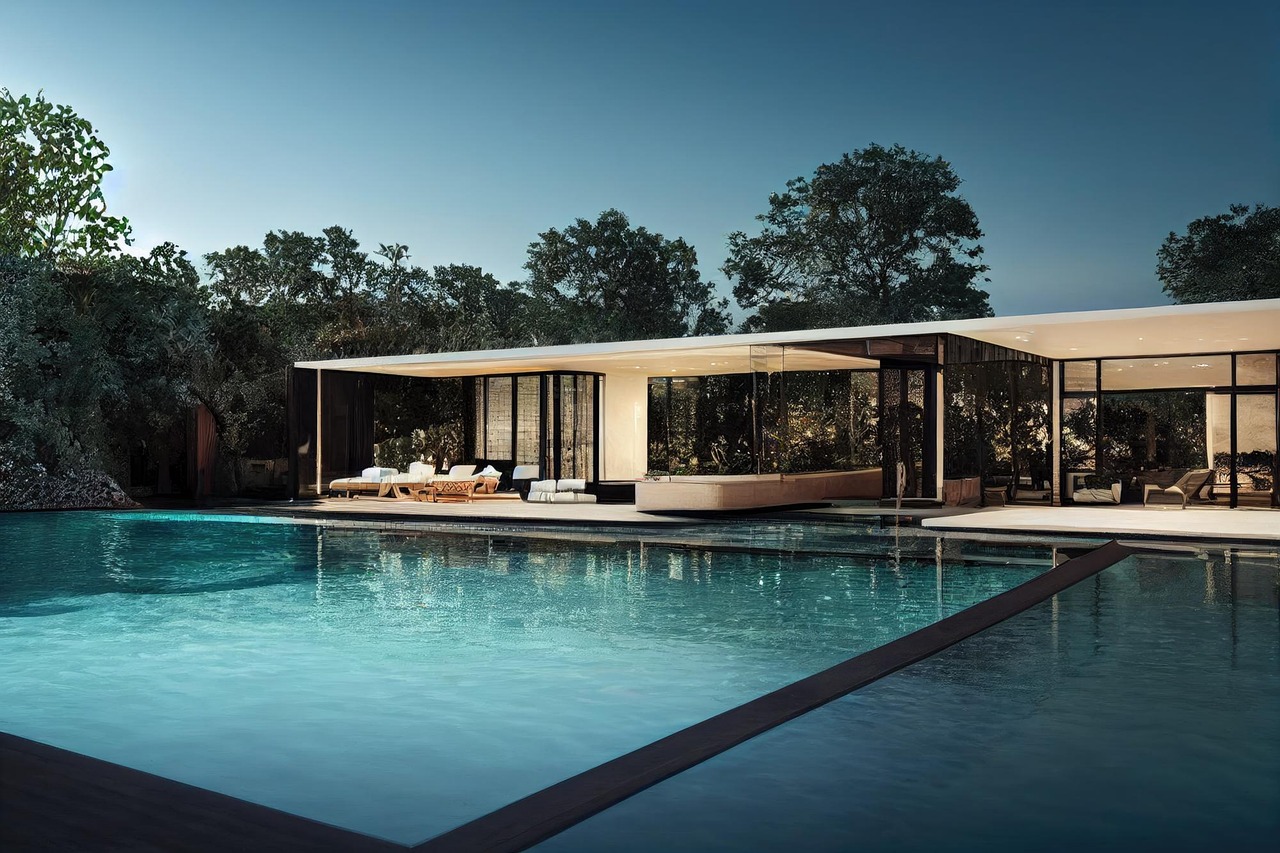
Swimming pools are the best way to relax and have some fun on a hot summer day. Water is a perfect medium for growing bacteria, algae, and other harmful substances. You need to regularly take care of your pool, especially after the cold season. Before discussing the cleaning steps, you should make sure that you have all the required pool equipment and tools for proper and quick maintenance throughout the whole swimming season; especially, we recommend having a pool pump, filter, and skimmer. (more…)
[Top]How to Choose the Best Table Saws for Woodworking?

Owners of home workshops, especially those who work with wood, meet the constant necessity of material sawing and processing. Therefore, they acquire saws that quickly solve all problems. Modern electric saws can be divided into three large groups: (more…)
[Top]The Art of Minimalism: How to Design a Simple Yet Stylish Home
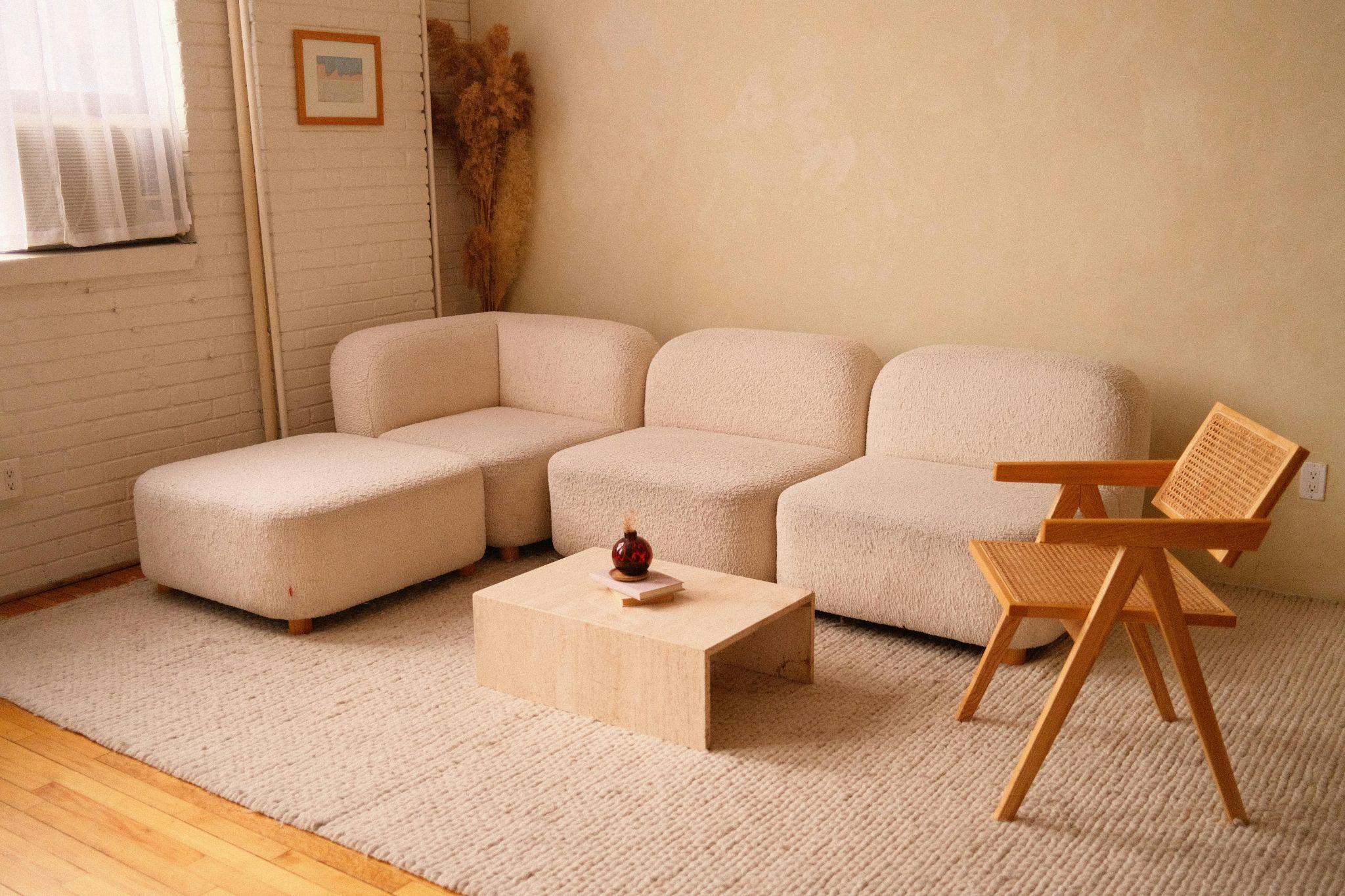
Minimalist home design has evolved from a stark aesthetic choice to a meaningful lifestyle philosophy embraced by those seeking tranquility amidst the chaos of modern life. This intentional approach to interior design prioritizes function, purpose, and carefully curated beauty while eliminating excess. The resulting spaces offer more than just visual appeal—they create environments where clarity of thought flourishes and daily tasks become more manageable. (more…)
[Top]Seasonal Backyard Maintenance Tips for a Lush Landscape
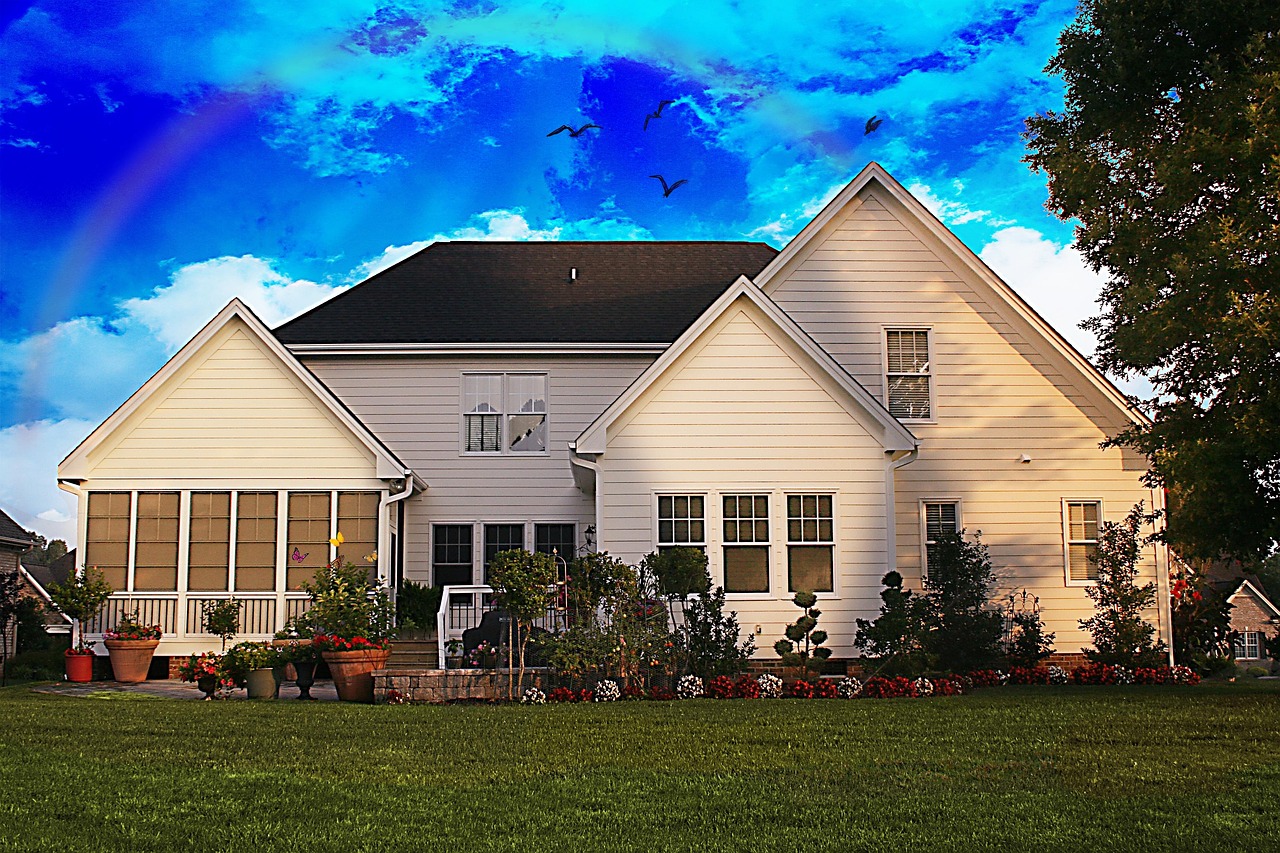
Maintaining a vibrant and healthy outdoor space requires understanding the unique needs of your landscape as seasons change. By implementing targeted maintenance strategies throughout the year, you can develop a lush backyard that thrives in every season. This comprehensive guide outlines essential maintenance tasks for spring, summer, fall, and winter to help you nurture your landscape’s full potential. (more…)
[Top]